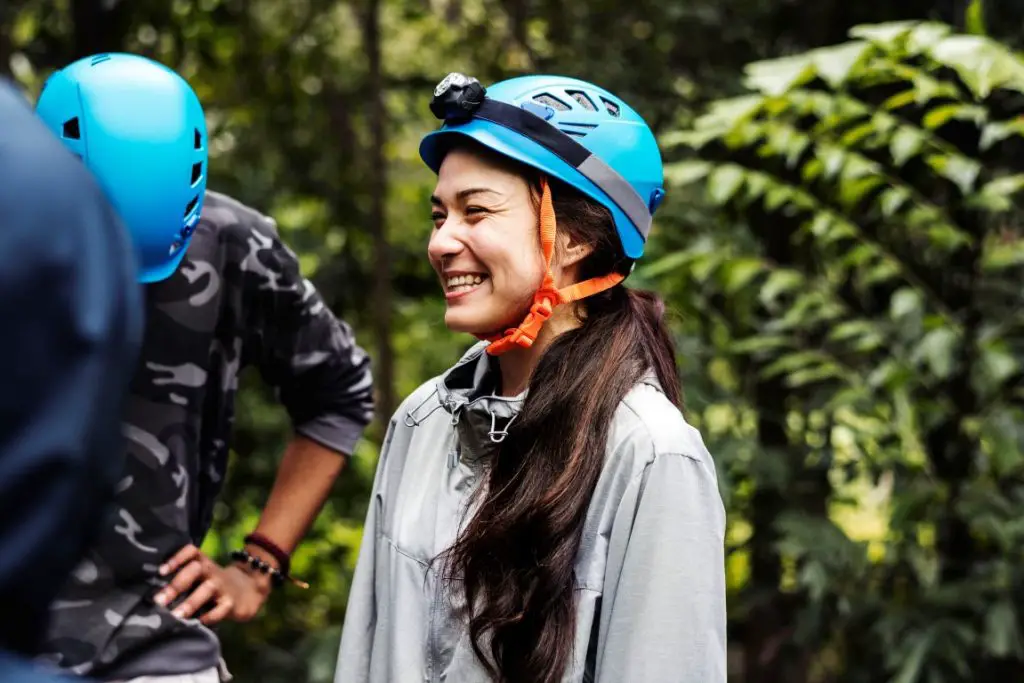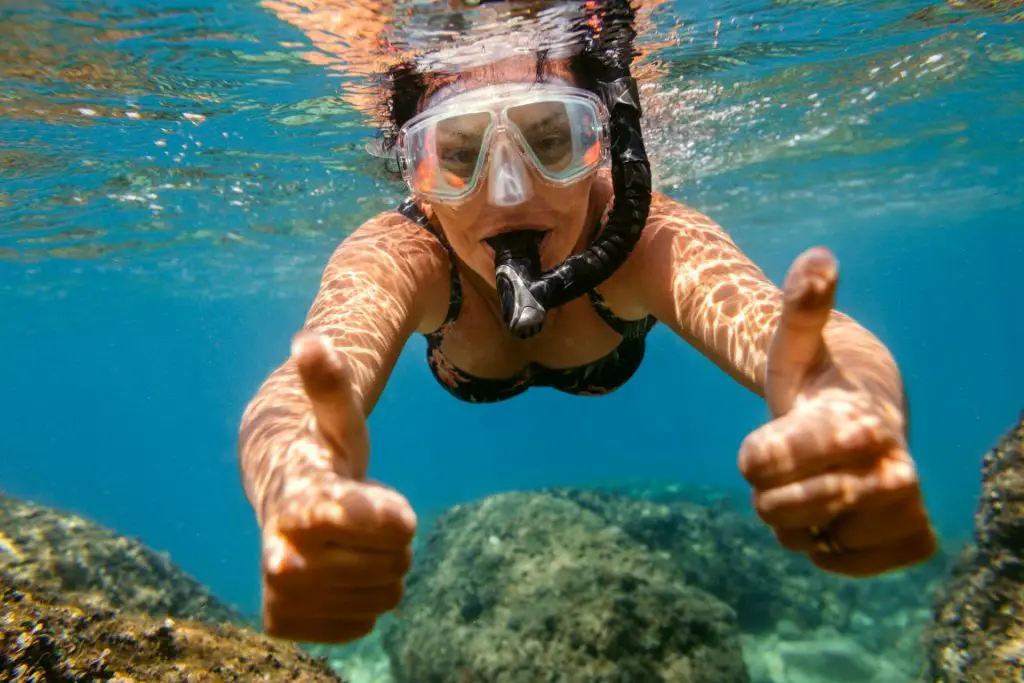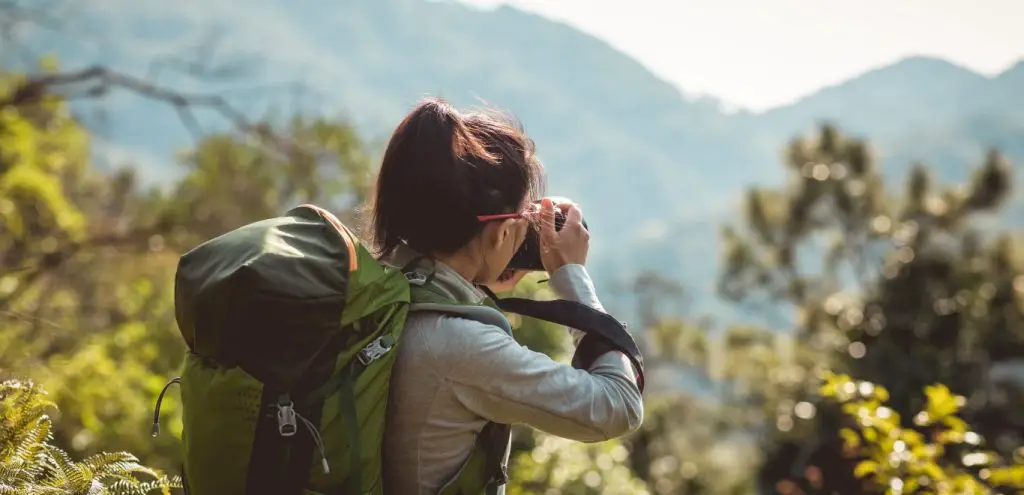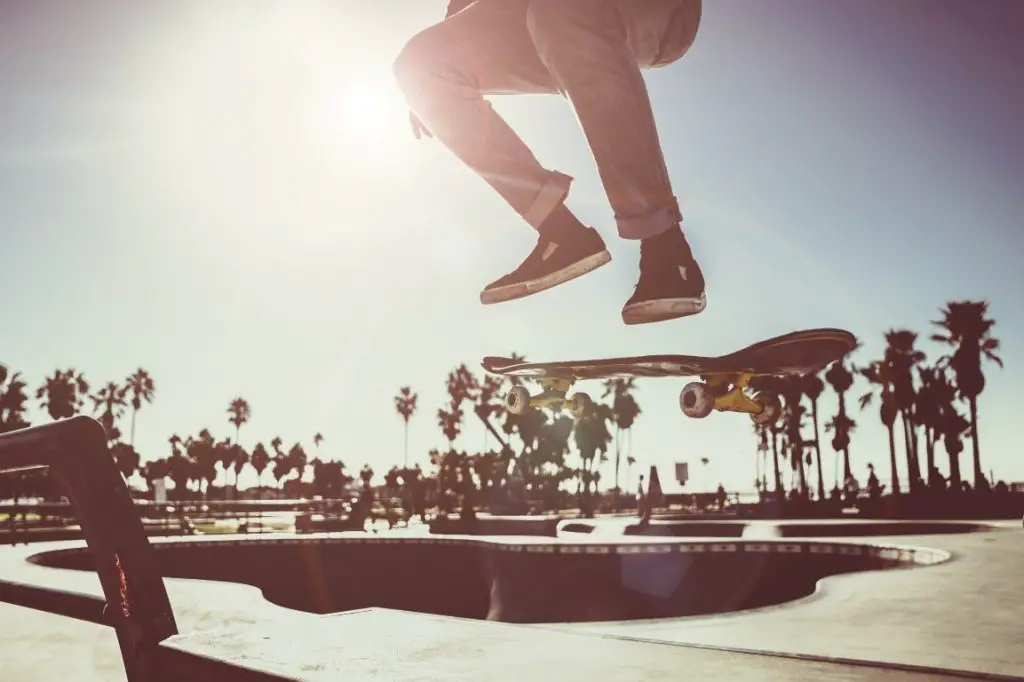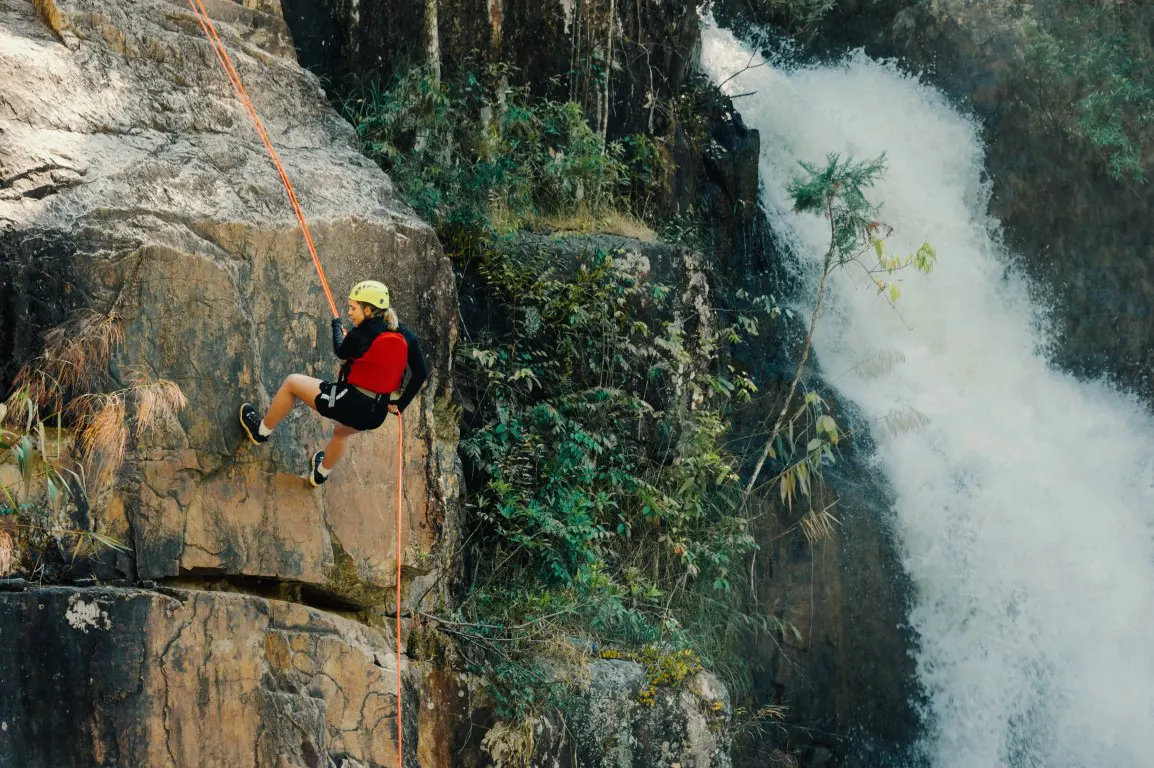
Climbing-related adventurous photography is a thrilling pursuit, capturing breathtaking moments and memories as climbers scale new heights and explore the great outdoors. The right camera and accessories can make all the difference in immortalizing these incredible experiences.
So, this ultimate guide aims to help you find the best climbing camera, lenses, and accessories to suit your unique needs and preferences.
Factors to Consider When Choosing a Climbing Camera
Selecting the ideal climbing camera requires careful consideration of several important factors that can greatly impact your adventure photography experience.
So, I always follow a few important factors when I buy a camera for my climbing-related photography. Let’s go through them one by one.
1. Durability and Weather Resistance
Durability and weather resistance features play a key role, as your camera will be exposed to harsh conditions and must withstand the elements.
2. Image and Video Quality
The next factor that you need to pay attention to is the image and video quality, as it enables you to capture the true essence of your climbing adventures with sharp, vivid details.
3. Weight and Portability
Weight and portability are exceptional in a climbing shoot, as carrying heavy equipment can hinder your progress and impact your overall climbing experience.
4. Battery Life
Battery life is another significant factor, as longer-lasting batteries will allow you to capture more memories without worrying about recharging.
5. Ease of Use
Ease of use is important, especially when you’re on the move. So look for cameras with intuitive controls and features.
6. Price and Value for Money
Lastly, consider the price and value for money, ensuring that your investment in a climbing camera is well worth it in the long run.
After considering key factors, here are my top recommendations for hiking cameras that bring me amazing adventure photos.
Top Climbing Cameras for Adventure Photography
1. Sony a7 III
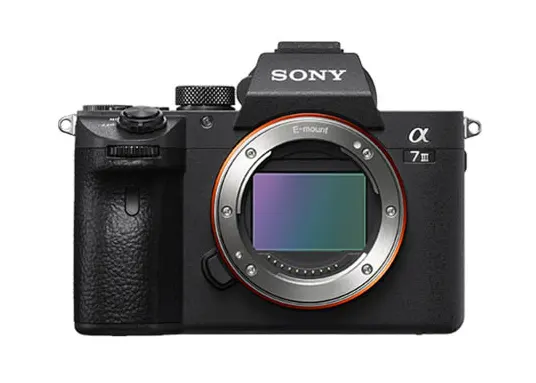
Source: electronics.sony.com
The Sony a7 III is a versatile and robust mirrorless camera that has become a favorite among adventure photographers.
- With its full-frame 24.2MP Exmor R CMOS sensor, it delivers stunning image quality even in low-light situations
- The in-body image stabilization ensures sharp, blur-free images
- Offers durability and protection against harsh conditions with the weather-sealed body
However, it may be a bit heavier and more expensive than some other options on the market.
So, I highly recommend the Sony a7 III as the best-suited climbing camera if you are seeking high-quality images and professional features in a relatively compact package.
2. Canon EOS R6
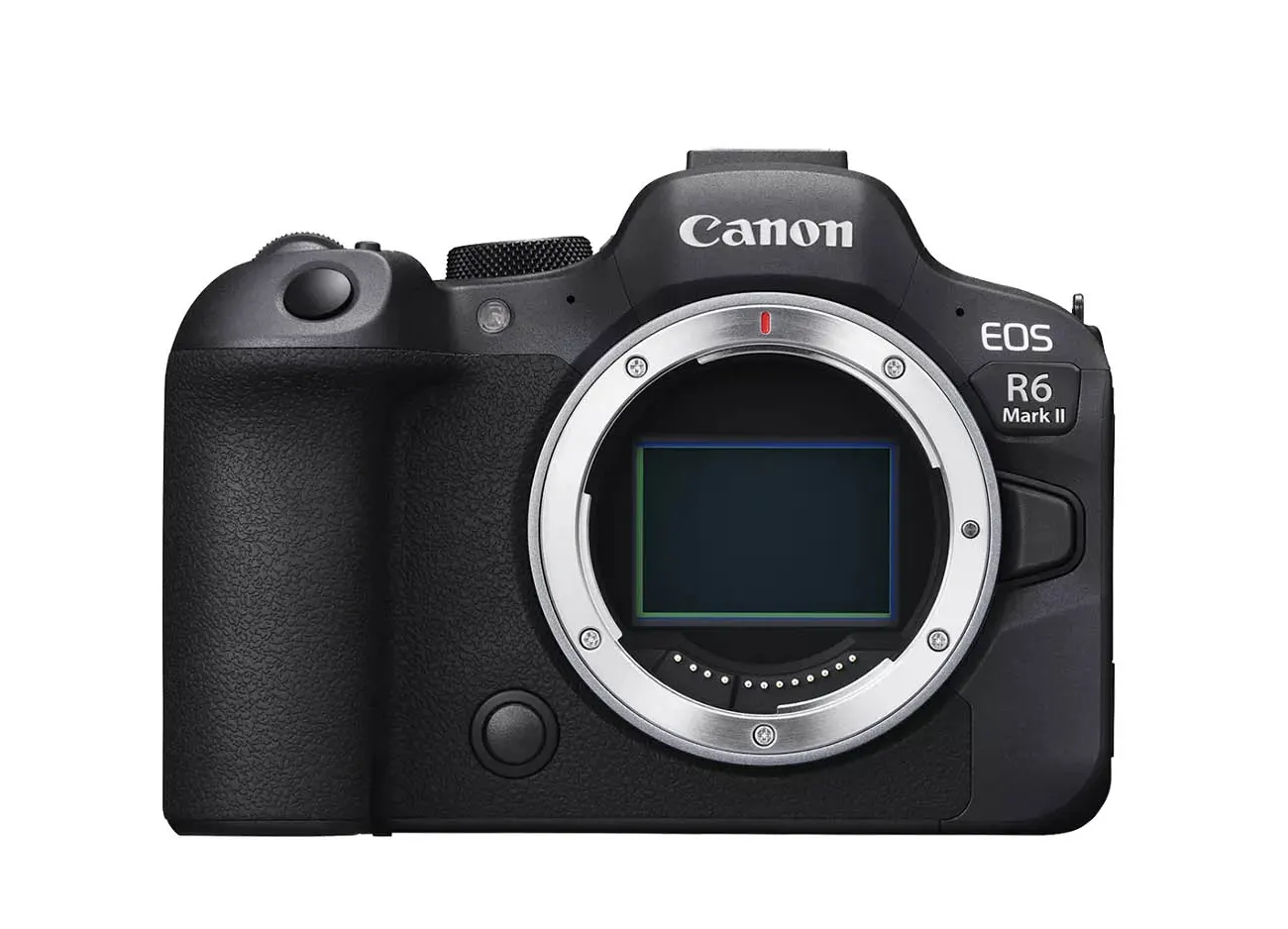
Source: usa.canon.com
The Canon EOS R6 is a powerful mirrorless camera that is an ideal choice for climbers who want a reliable camera that can capture both still images and high-quality 4K video.
- Providing excellent image quality and performance with its 24.2MP full-frame CMOS sensor
- Its Dual Pixel CMOS AF system offers fast and accurate autofocus even in challenging conditions
- The camera’s weather-sealed construction ensures durability
Sometimes, the limited battery life of the Canon EOS R6 camera may be a concern for some users. However, with careful power management and the use of additional batteries or a battery grip, this issue can be mitigated to some extent.
3. Nikon Z6 II
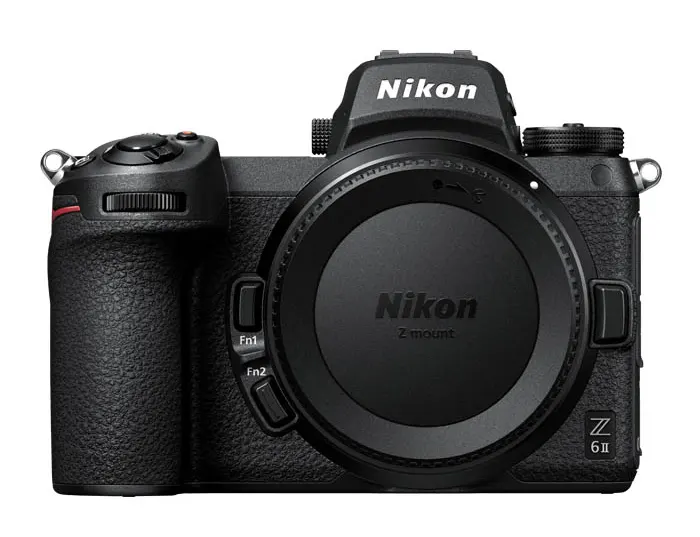
Source: nikonusa.com
The Nikon Z6 II is a well-rounded mirrorless camera that I always choose when looking for a reliable camera with a balance of features and performance.
- Has a 24.5MP full-frame BSI sensor and an impressive 273-point Hybrid autofocus system
- Delivers excellent image quality and low-light performance, making it suitable for various adventure photography scenarios.
- The robust, weather-sealed body adds durability
But the camera may be heavier than other options.
4. Fujifilm X-T4
If you value a compact, lightweight camera with excellent image quality and advanced features, then I recommend trying the Fujifilm X-T4.
- The 26.1MP APS-C X-Trans CMOS 4 sensor, combined with the X-Processor 4 image processor, provides stunning image quality and performance
- The weather-resistant body ensures durability
- The flip-out touchscreen makes it easy to shoot from different angles
However, some users may find the smaller sensor limiting, but the Fujifilm X-T4 is perfect for those who prioritize portability and ease of use.
5. GoPro HERO9 Black
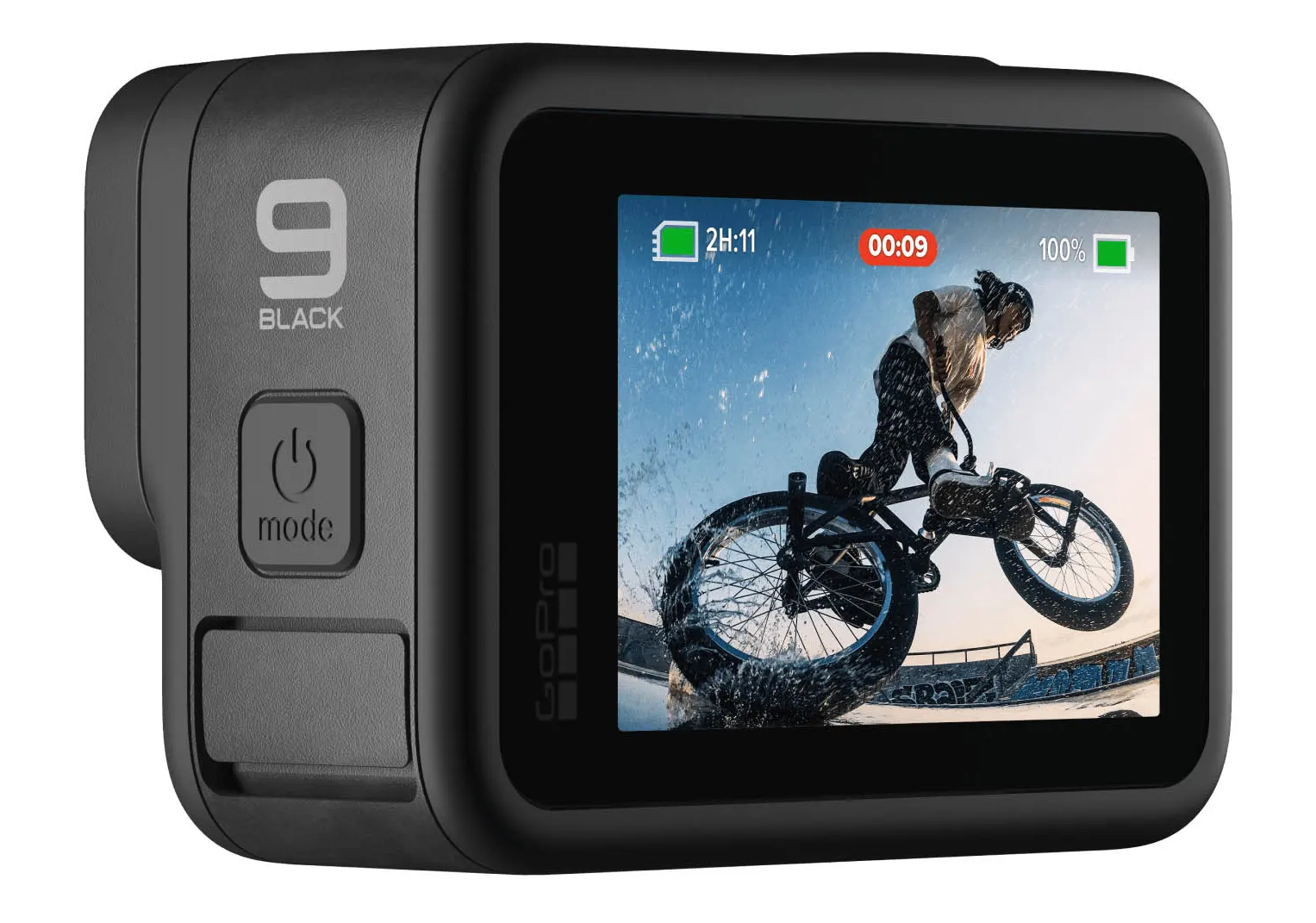
Source: gopro.com
The GoPro HERO9 Black is an excellent option for an action camera purposefully designed to capture high-octane moments.
- Offers 5K video resolution and 20MP photo capabilities, delivering impressive image quality for its size
- The built-in image stabilization ensures smooth, stable footage, while the waterproof design allows for worry-free use in wet or underwater environments
The GoPro HERO9 Black may not offer the same level of control as other cameras on this list, but it’s perfect for climbers who want a durable, easy-to-use option for capturing their adventures.
When I hike with my photography gear, I never forget to use a high-quality camera strap. A camera strap always helps me to capture appealing landscapes, hiking photos, etc comfortably.
More importantly, it ensures my camera is always hanging around my neck (So I never forget it whenever I stop to rest a bit.) That’s why I recommend using a camera strap whenever you hike or climb.
If you are interested, I already wrote an article about the best camera straps for hiking and backpacking -the complete guide.
What are the Best Lenses for Climbing Photography?
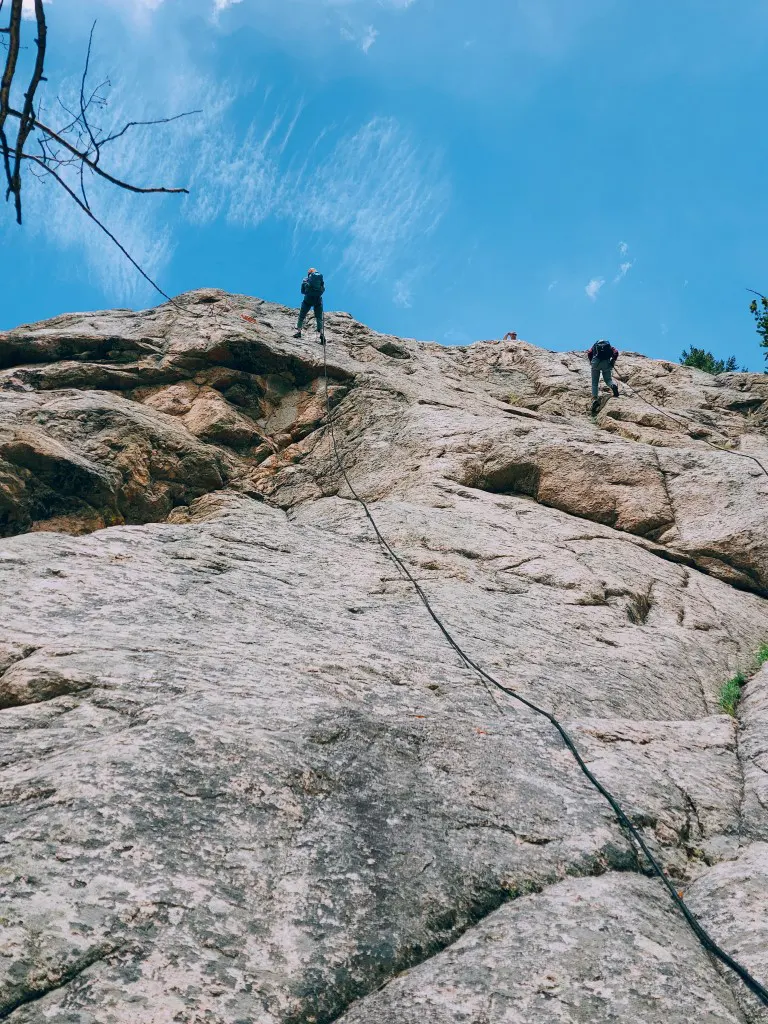
When choosing the best lens for climbing photography, consider factors such as focal length, aperture, weight, and durability.
For versatility, a wide-angle zoom lens of 16-35mm is ideal for capturing landscapes and climbing action.
A prime lens with 24mm or 35mm with a fast aperture like f/1.8 or f/2.8 will be perfect for low-light conditions and creative compositions.
Telephoto lenses such as 70-200mm are great for capturing distant climbers or wildlife from a safe distance. I’ve found that using this technique during rock climbing events results in amazing shots.
So, Zoom lenses provide you versatility, but prime lenses frequently have better image quality and are lighter.
Finally, it’s worth considering the pros and cons of different lens types to find the perfect fit for your climbing photography needs.
How to Choose the Best Camera Bags for Climbing
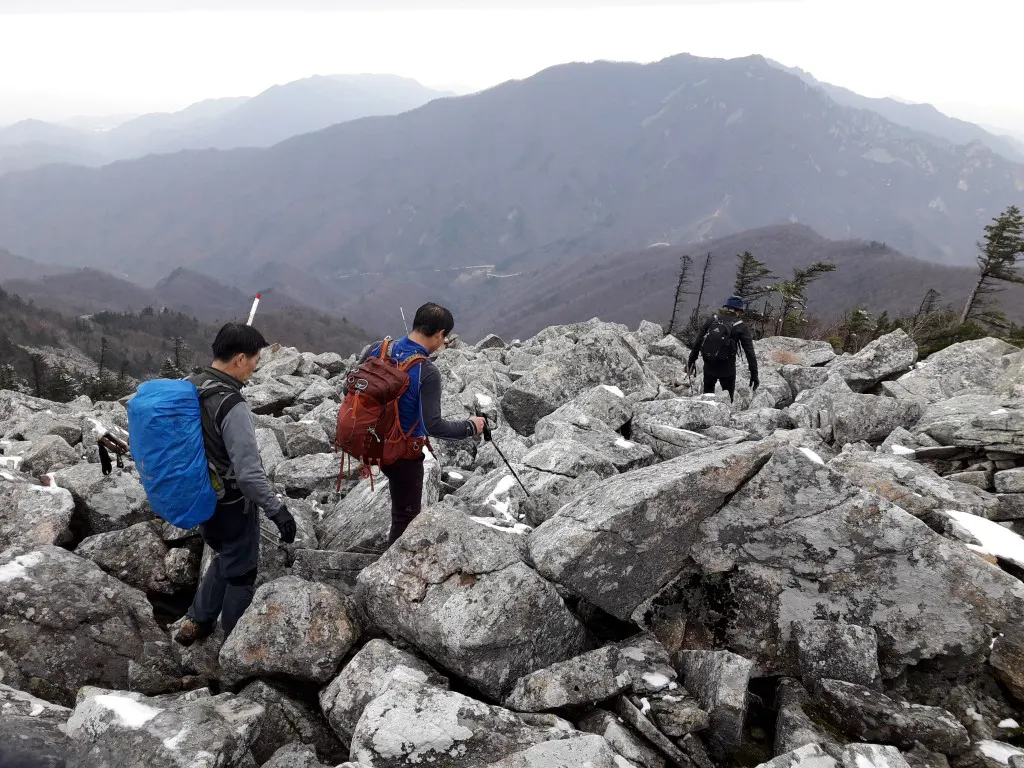
When selecting the perfect camera bag for climbing, consider factors such as size, weight, accessibility, durability, and weather resistance.
Top camera bags options, like the Lowepro Photo Sport, MindShift Gear Rotation, and F-Stop Mountain Series, cater to various climbing situations, offering easy access to your gear and protection from the elements.
Before buying a camera bag for my climbing photoshoot, I compare the pros and cons of different camera bag styles, such as backpacks, slings, and holsters, to determine which best meets my needs.
By then, I noted that backpacks offer ample storage and even weight distribution, while slings provide quick access and can be worn on the front or back. Holsters are compact and lightweight but might limit storage capacity.
So, choose a camera bag that complements your climbing preferences and ensures your equipment stays secure and protected.
Cameras for Mountaineering Photography
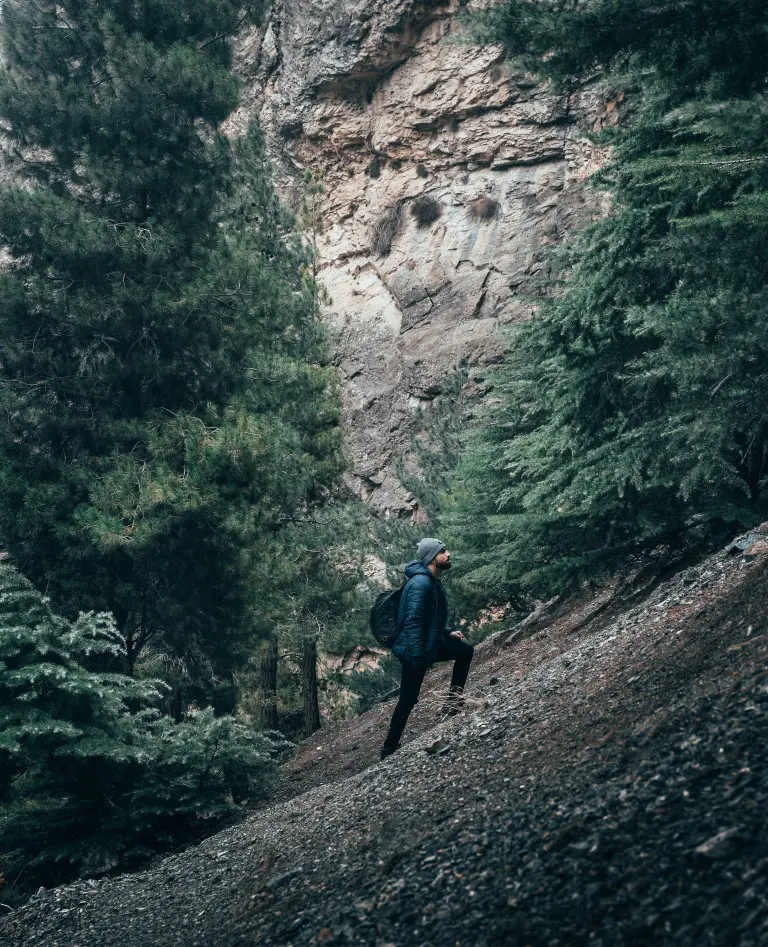
Mountaineering photography presents unique challenges due to high-altitude and alpine environments.
Special considerations include managing cold temperatures, extreme weather, and limited battery life.
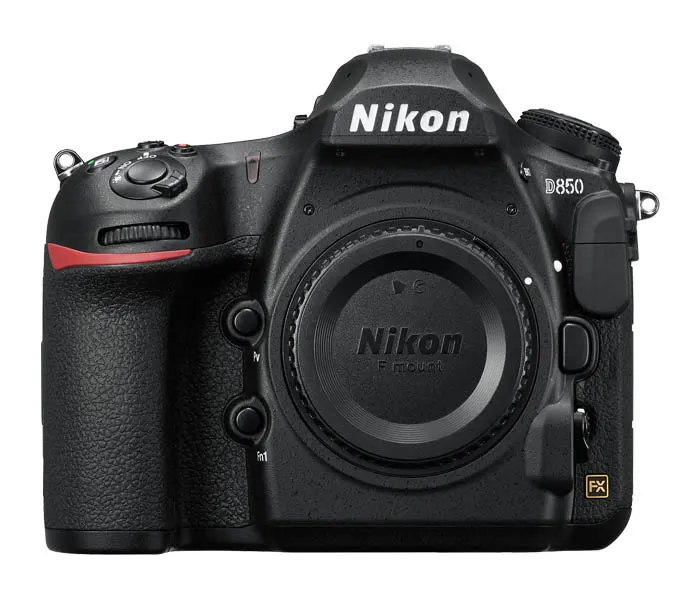
Source: nikonusa.com
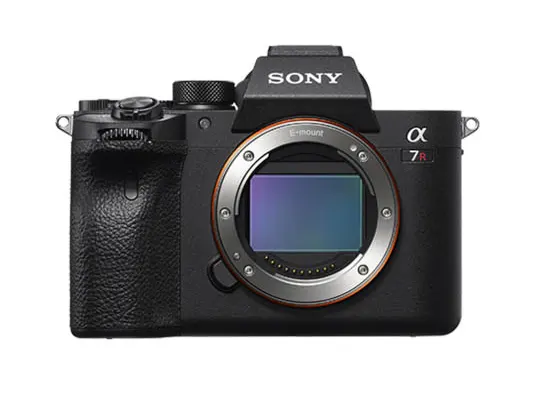
Source: electronics.sony.com
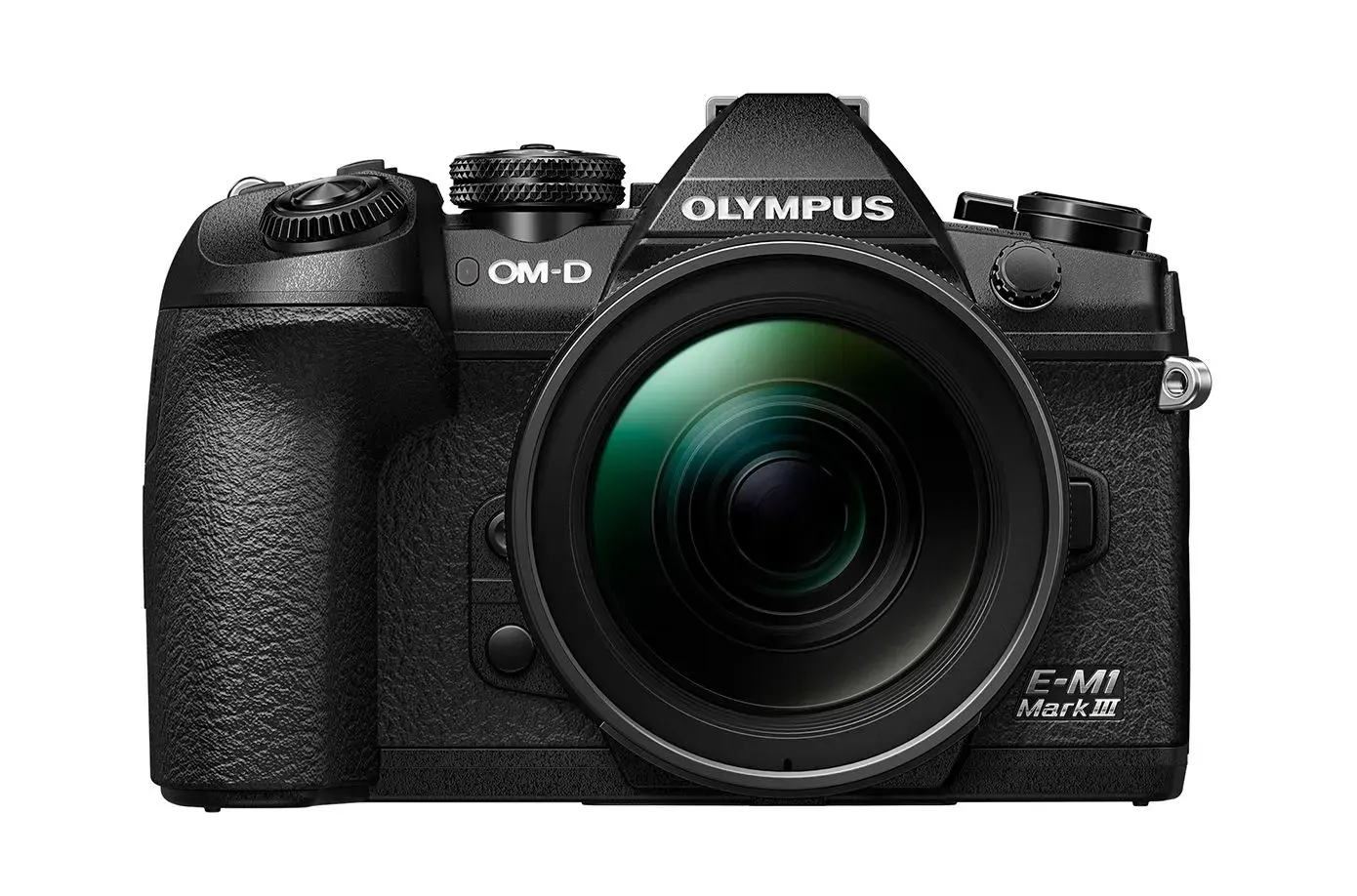
Source: explore.omsystem.com
For the best camera for high-altitude mountaineering, opt for durable, weather-resistant models such as the Nikon D850, Sony A7R IV, or Olympus OM-D E-M1 Mark III.
These cameras can withstand harsh conditions and deliver excellent image quality.
However, in mountaineering photography, I follow some tips to achieve the best possible results from my camera. You can try them too.
Tips for Photographing in Extreme Conditions
- Using hand warmers to prolong battery life
- Protecting your camera from moisture and condensation
- Understanding exposure settings to capture snow and ice accurately
Finally, preparing yourself and your equipment for these demanding environments will result in stunning mountaineering images.
Additional Resources and Recommendations for Your Next Shoot!
To further hone your adventure photography skills, consider attending workshops, enrolling in courses, or exploring online resources.
Some notable options include CreativeLive, Nikon School, and workshops led by renowned climbing photographers.
In addition to choosing the right camera and lens, investing in essential accessories and gear can elevate your climbing photography experience.
The following items can make a significant difference in capturing stunning images.
- A sturdy tripod
- Camera harness
- Extra batteries
- Polarizing filters
Besides, researching and investing in high-quality gear, as well as continuously learning new techniques and skills, will help you excel in the world of adventure photography.
Conclusion
In conclusion, choosing the right camera, lenses, and accessories is crucial to capturing breathtaking images during your climbing expeditions.
So, I shared with you a comprehensive overview of the top cameras, lenses, and gear to consider for your unique photography needs through this article.
Finally, try to experiment with different setups and find what works best for you during your journey as an adventure photographer.
Justin Parker is a professional photographer and has been in the industry since 2007. He attended the University of Georgia. Justin combines his passion for photography and his interest in writing to give life to this blog which talks about photography in order to help and inspire young photographers.

